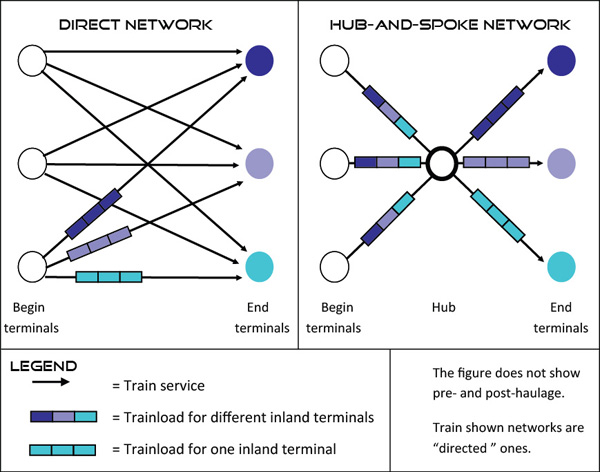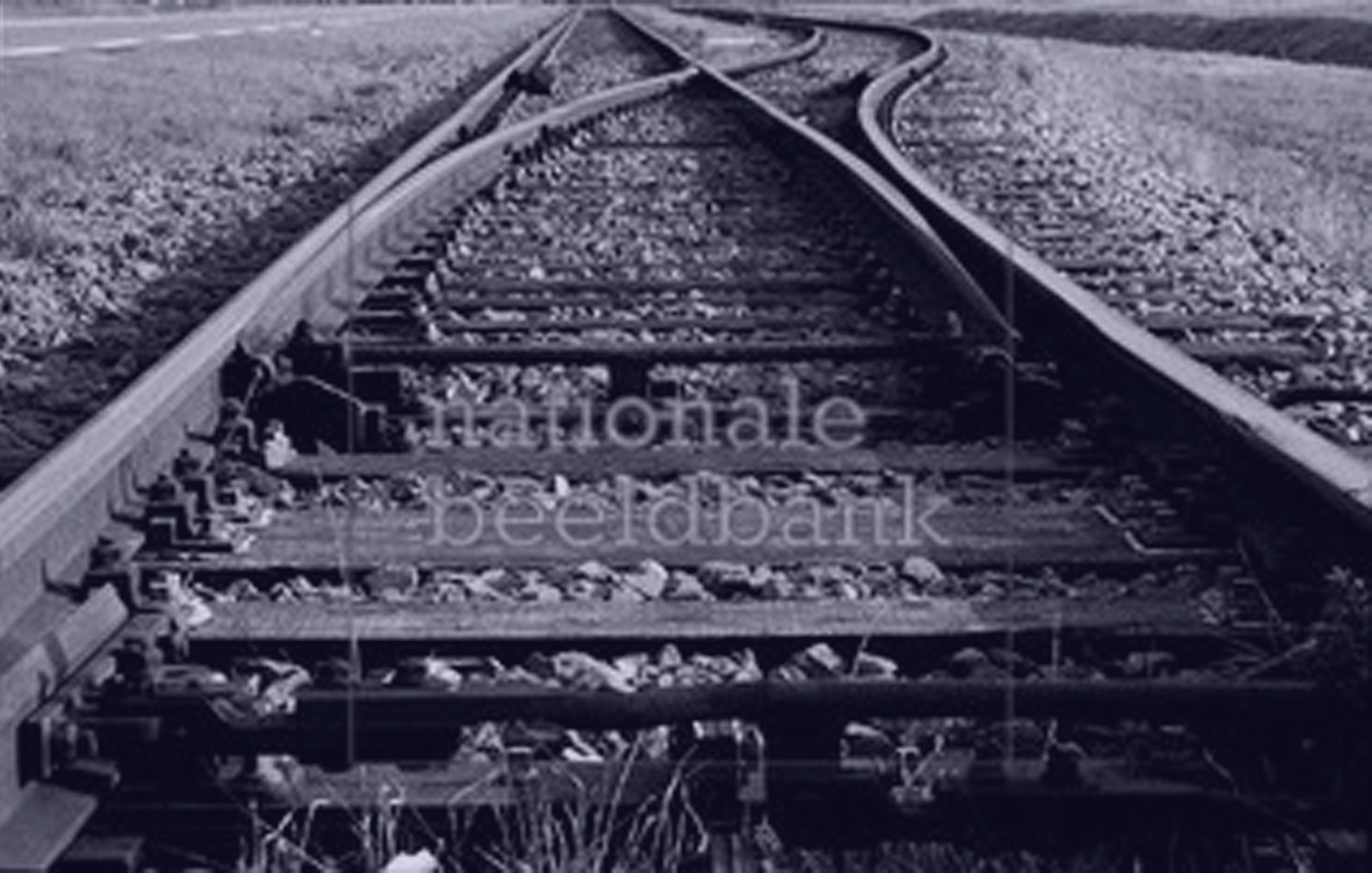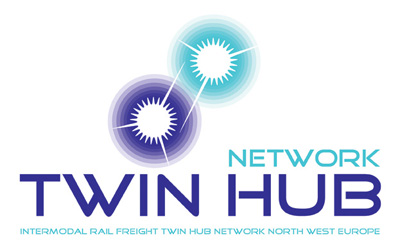Logic of the Twin hub concept
The conceptual logic of the Twin hub network is based on two considerations, namely:
The conceptual logic of the Twin hub network is based on two considerations, namely:
- The value added by a hub-and-spoke network in comparison to a direct service network.
- The value added by the Twin hub network in comparison to two separated hub networks.
The figure shows that a hub-and-spoke network has considerably fewer connections than a direct network with the same network connectivity: in this particular example each of the three initial terminals is connected to three end terminals.
This is the fundament for generating economies of scale or scope. The smaller number of connections can be used to generate larger trainloads, higher service frequencies or, as shown in the figure, to respond to smaller network transport volumes. In this particular example the required transport volume of the Twin hub network is one third of that for the corresponding direct network. In other words, when flows are too small to be transported directly, hub-and-spoke bundling often enables them still to be transported by train. Hub-and-spoke bundling therefore enables smaller flows, terminals and transport regions to benefit from larger scale operations. In many cases the advantages derived from the larger scale overrule the disadvantages due to additional exchange at the hub and longer train routes.

This is the fundament for generating economies of scale or scope. The smaller number of connections can be used to generate larger trainloads, higher service frequencies or, as shown in the figure, to respond to smaller network transport volumes. In this particular example the required transport volume of the Twin hub network is one third of that for the corresponding direct network. In other words, when flows are too small to be transported directly, hub-and-spoke bundling often enables them still to be transported by train. Hub-and-spoke bundling therefore enables smaller flows, terminals and transport regions to benefit from larger scale operations. In many cases the advantages derived from the larger scale overrule the disadvantages due to additional exchange at the hub and longer train routes.

The Twin hub concept increases the advantages of hub-and-spoke bundling by extending the service areas of each hub. The service area of the hub Rotterdam is extended to Belgium, that of the hub Antwerp to the Netherlands. This transnational cooperation generates larger flows without neglecting the existence of seaport competition. This cooperation can only be beneficial to the participants if different hinterland corridors are involved, in other words if the cooperation is a complementary one with complementary corridors. The benefits in terms of size of trainloads, service frequencies, network connectivity and track utilisation are larger in the Twin hub network than in separate hub-and-spoke bundling. The twin hub network allows access of inland terminals which cannot be accessed by train services operating within separate hub-and-spoke networks, not to mention by direct train services. More concretely: if the flows from all Dutch seaports to a certain inland terminal are 0.5 trainloads and those from all Belgian seaports to the same inland terminal 0.4 trainloads, together they represent a trainload of 0.9. Separately, the loads do not generate feasible train services, together they do.




